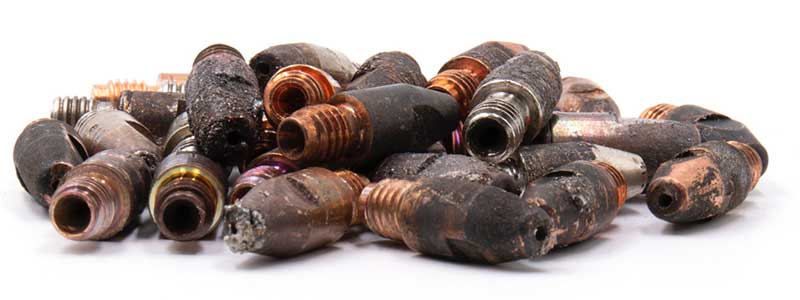Weld inspection is a topic discussed time and time again, as many debate what the best process is and why it will provide the best overall result. This is where the collaboration between SmartRay and ABICOR BINZEL comes into play.
Recent Posts
Automated Weld Inspection with BINZEL and SmartRay
Topics: Automation, Weld Inspection
Why You Should Integrate Automated Weld Inspection Into Your Process
When it comes to weld inspection, this portion of your weld process is among the most crucial. With a majority of facilities using visual weld inspection methods to pass welds as good or bad, you encounter a major inconsistency issue and run the risk of missing bad welds.
Topics: Weld Inspection
Automated Welding: Getting Started and Next Steps
Making the switch from manual to automated welding can be an on-going pros and cons discussion for your facility. Giving control to a robot may be a daunting task for anyone new to this application process, but is a necessary step in getting the most out of your operation. Decreasing production times and taking the load off of your welders may be all you need to go full automation.
Let’s take a look at what it would take for your facility to incorporate automated technology and what you should be taking note of throughout this integration process.
Topics: Robotic Welding, Automation
Comparing Weld Inspection Methods
No matter how good your welding process is, weld defects are inevitable. Inspection ensures those defects are caught and fixed before your product goes out the door. Leaving this unaddressed can lead to customer issues, premature product failure, and a lot of other avoidable mistakes. In my experience, I have seen a number of issues impact welding. One of my most memorable experiences was during my time at Tower. We would always run into inconsistency in parts which caused a frenzy in figuring out the reasoning why. We'd argue with our internal and external stamping supplies, have holes and trimmed edges that would move or change, and spend countless hours on the robot cells touching up welds here and there. This lead to many different quality issues and wasted time chasing down and troubleshooting these inconsistencies.
Topics: Robotic Welding, Automation, Weld Inspection
Understanding Porosity in Robotic Welding
Porosity is the bane of existence in robotic welding.
It happens. You don’t know where it comes from all the time, or how it’s happening, and you spend days or even weeks troubleshooting to figure it out.
We’ve all been there.
Topics: Robotic Welding
Solving Welding Burnbacks in Robotic Applications
A burnback in welding is when your wire burns back and sticks itself to your contact tip. There are several reasons this can happen. The most primary causes of burnbacks in a robotic application include:
Topics: Robotic Welding
Robotic Welding Galvanized Steel
Galvanized has become increasingly popular in the automotive manufacturing space as a corrosion resistant coating on steels. Mainly, it's put on there in a hot dip fashion where you're actually dipping the material in molten zinc and coating it that way. There's electro plating and galvanneal plating also.
Topics: Robotic Welding
Conquering Weld Spatter in Robotic Welding
When I used to teach robotic welding misconceptions, I used to try to clear up to people:
Spatter is weld wire.
Many manufacturing engineers are under the impression that spatter is the puddle exploding. That is true to a point, but where the misconception often comes in play is the thinking that the source of spatter is the base metal, which it is not. Really, spatter comes from the filter metal.
Topics: Robotic Welding
How to Test Welding Contact Tips
When evaluating the cost of your welding operation, it is important to consider the low-cost items that stack up over time; like your consumables, and more specifically, your contact tips.
Topics: Welding Consumables


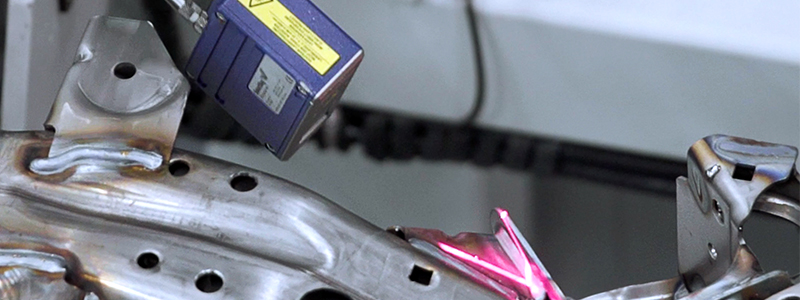

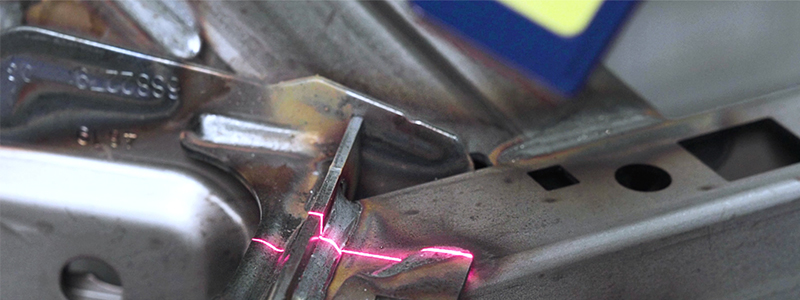
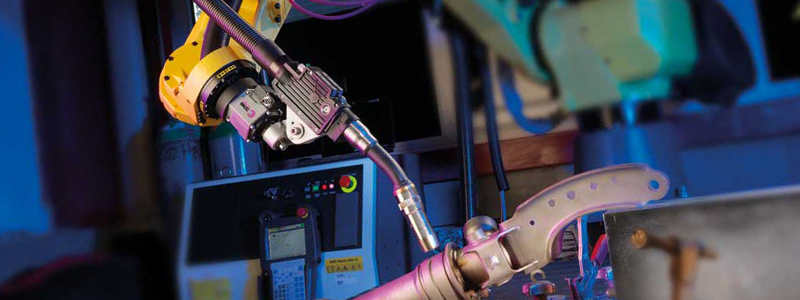
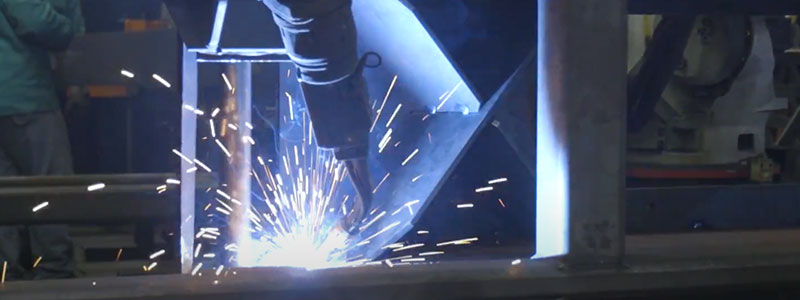
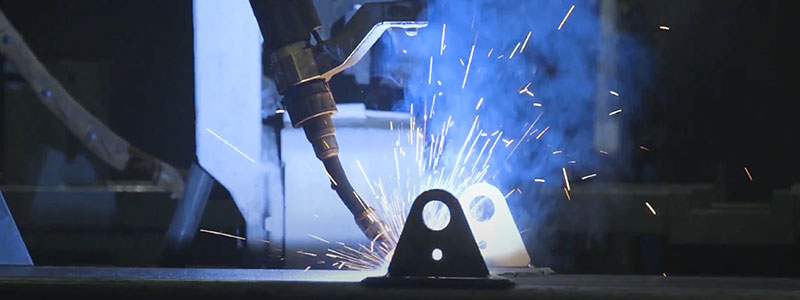
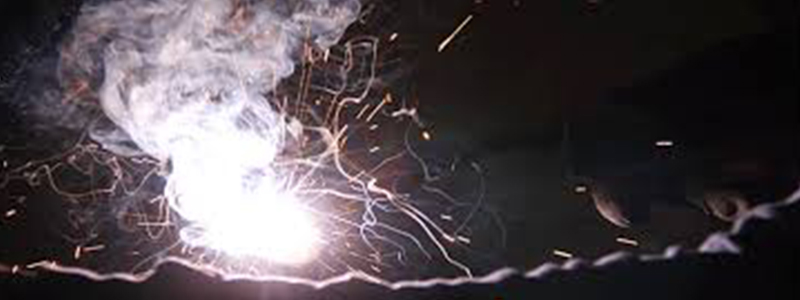
/Blog%20Photos/Spatter%20for%20Robotic%20Welding/Spatter-for-Robotic-Welding.jpg)
